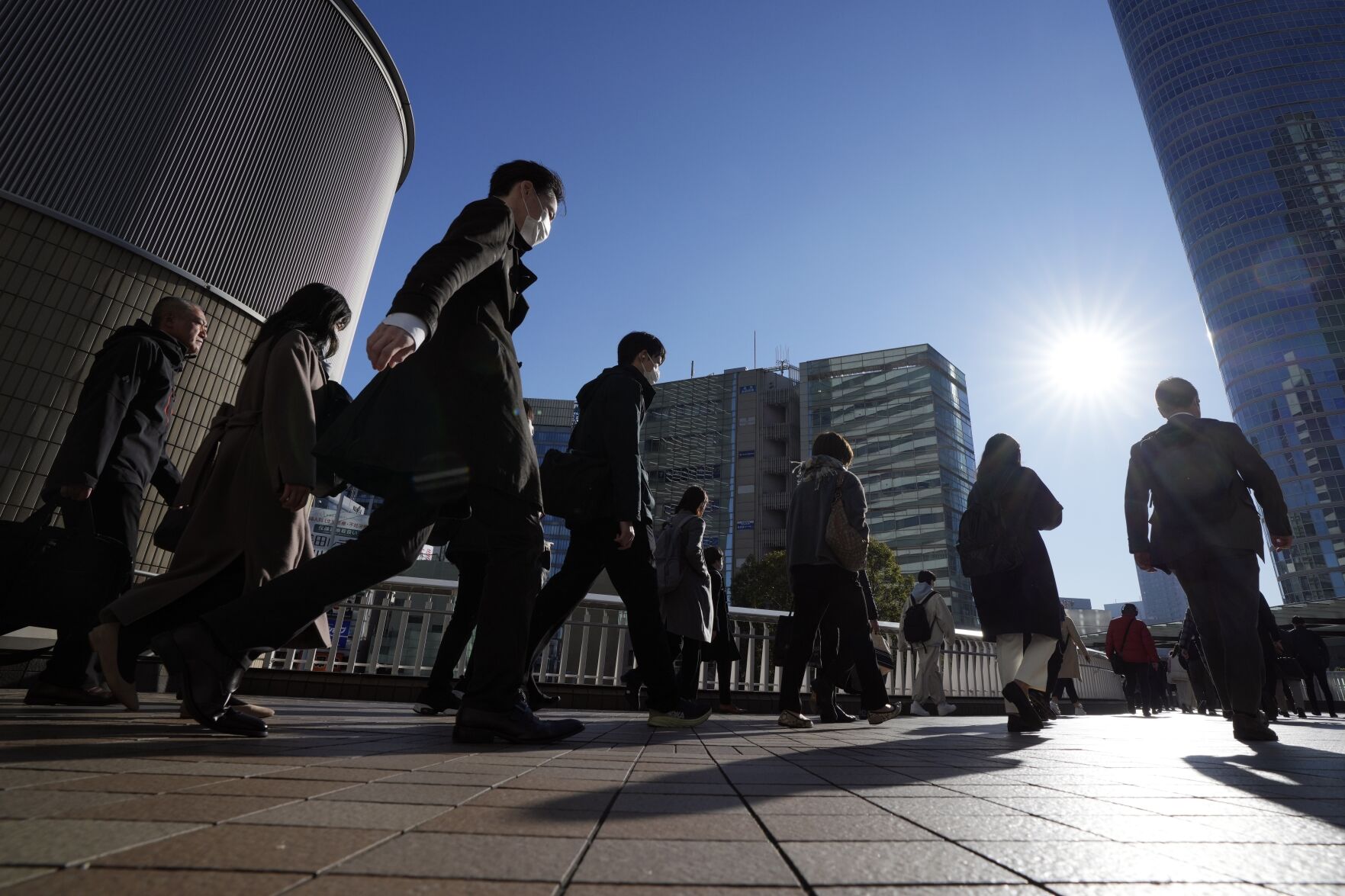TOKYO — As economies in Asia and the Pacific slow and grow older, countries need to do more to ensure that workers get the education, training and social safety nets needed to raise incomes and ensure social equity, a United Nations report said today.
The report by the International Labor Organization said that growth in productivity has slowed, hurting incomes and undermining the purchasing power of the region’s 2 billion workers. By improving productivity, governments can boost incomes and better prepare for the aging of their work forces, the report said.
Two in three workers in the region were in informal employment in 2023, such as day labor, lacking the kinds of protections that come from formal jobs.
“The lack of job opportunities that meet decent work criteria, including good incomes, not only jeopardizes social justice in the region, but it also presents a risk factor for the labor market outlook,” the report said.
Showing the potential for improvement, labor productivity grew at an average annual rate of 4.3% in 2004-2021, helping to raise incomes per worker in terms of purchasing power parity, which compares standards of living in different countries using a common currency, to $15,700 from $7,700. But it has slowed in the past decade, the report said, hindering progress toward greater affluence.
It highlighted various challenges, especially unemployment among young people not in school, which is more than triple the adult rate, at 13.7%.
Increasing use of artificial intelligence and other automation technology will cause some people to lose their jobs, it said, with women engaged in clerical and information technology work most likely to be affected as companies roll back their reliance on offshore call centers that have provided good quality jobs in countries like the Philippines and India.
Other factors such as trade disputes and political turmoil threaten to disrupt jobs in some industries, but aging poses an even bigger challenge as countries grow old before they become affluent.
The ratio of people in Asia aged older than 65 to those 15–64 years old is projected to double to nearly a third by 2050 from about 15% in 2023, the ILO report says.
In places like Japan, short-handed employers have moved to alleviate work loads by using robots and computerized ordering in restaurants, cutting hours and installing self-checkout machines.
The report noted that a key reason why some countries face labor shortages despite having ample numbers of unemployed or underemployed workers is a mismatch between jobs and skills and education.
“The region still has huge potential for upskilling, productivity improvements and efficiency gains, which can alleviate demographic pressures on the labor market,” it said.
The report noted that more than a third of workers in the region have educational levels too low for their occupations, compared with 18% of workers in high-income countries.
Among other findings:
People in Asia and the Pacific still work more hours than workers in other regions, at 44 hours per week on average, though that is down from more than 47 hours in 2005.
In 2023, nearly 73 million workers in the region lived in extreme poverty, with daily incomes of less than $2.15 in purchasing power parity per person.
Despite raising retirement ages, total labor force participation in the Asia-Pacific region fell from 67% in 1991 to about 61% in 2023. It’s projected to fall to 55% by 2050.
The need for workers to provide long-term care in the region is forecast to more than double to 90 million by 2050 from 46 million in 2023. That would raise the proportion of people working in the field to 4.3% of the total from 2.3% now.


